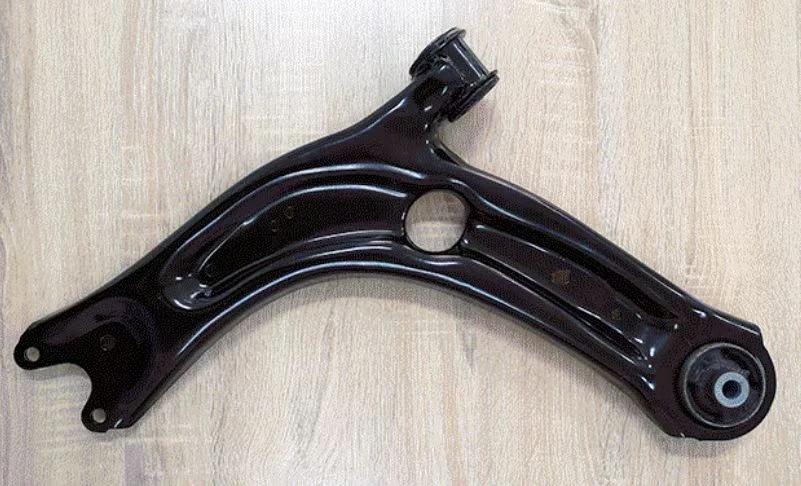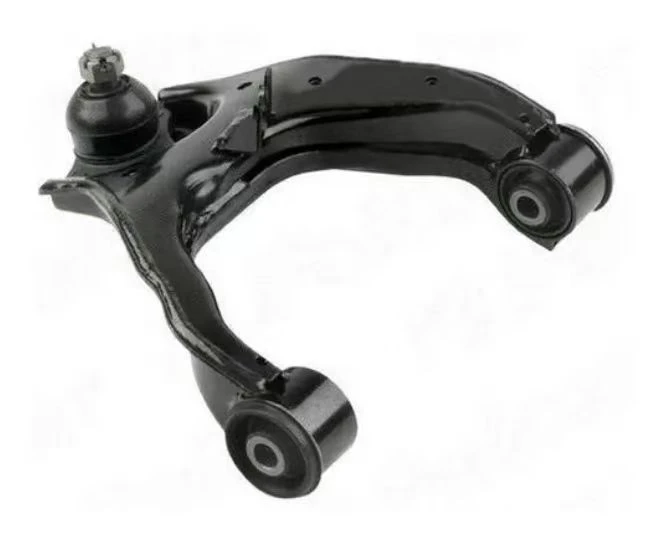
-
 Afrikaans
Afrikaans -
 Albanian
Albanian -
 Amharic
Amharic -
 Arabic
Arabic -
 Armenian
Armenian -
 Azerbaijani
Azerbaijani -
 Basque
Basque -
 Belarusian
Belarusian -
 Bengali
Bengali -
 Bosnian
Bosnian -
 Bulgarian
Bulgarian -
 Catalan
Catalan -
 Cebuano
Cebuano -
 Corsican
Corsican -
 Croatian
Croatian -
 Czech
Czech -
 Danish
Danish -
 Dutch
Dutch -
 English
English -
 Esperanto
Esperanto -
 Estonian
Estonian -
 Finnish
Finnish -
 French
French -
 Frisian
Frisian -
 Galician
Galician -
 Georgian
Georgian -
 German
German -
 Greek
Greek -
 Gujarati
Gujarati -
 Haitian Creole
Haitian Creole -
 hausa
hausa -
 hawaiian
hawaiian -
 Hebrew
Hebrew -
 Hindi
Hindi -
 Miao
Miao -
 Hungarian
Hungarian -
 Icelandic
Icelandic -
 igbo
igbo -
 Indonesian
Indonesian -
 irish
irish -
 Italian
Italian -
 Japanese
Japanese -
 Javanese
Javanese -
 Kannada
Kannada -
 kazakh
kazakh -
 Khmer
Khmer -
 Rwandese
Rwandese -
 Korean
Korean -
 Kurdish
Kurdish -
 Kyrgyz
Kyrgyz -
 Lao
Lao -
 Latin
Latin -
 Latvian
Latvian -
 Lithuanian
Lithuanian -
 Luxembourgish
Luxembourgish -
 Macedonian
Macedonian -
 Malgashi
Malgashi -
 Malay
Malay -
 Malayalam
Malayalam -
 Maltese
Maltese -
 Maori
Maori -
 Marathi
Marathi -
 Mongolian
Mongolian -
 Myanmar
Myanmar -
 Nepali
Nepali -
 Norwegian
Norwegian -
 Norwegian
Norwegian -
 Occitan
Occitan -
 Pashto
Pashto -
 Persian
Persian -
 Polish
Polish -
 Portuguese
Portuguese -
 Punjabi
Punjabi -
 Romanian
Romanian -
 Russian
Russian -
 Samoan
Samoan -
 Scottish Gaelic
Scottish Gaelic -
 Serbian
Serbian -
 Sesotho
Sesotho -
 Shona
Shona -
 Sindhi
Sindhi -
 Sinhala
Sinhala -
 Slovak
Slovak -
 Slovenian
Slovenian -
 Somali
Somali -
 Spanish
Spanish -
 Sundanese
Sundanese -
 Swahili
Swahili -
 Swedish
Swedish -
 Tagalog
Tagalog -
 Tajik
Tajik -
 Tamil
Tamil -
 Tatar
Tatar -
 Telugu
Telugu -
 Thai
Thai -
 Turkish
Turkish -
 Turkmen
Turkmen -
 Ukrainian
Ukrainian -
 Urdu
Urdu -
 Uighur
Uighur -
 Uzbek
Uzbek -
 Vietnamese
Vietnamese -
 Welsh
Welsh -
 Bantu
Bantu -
 Yiddish
Yiddish -
 Yoruba
Yoruba -
 Zulu
Zulu
Right Side Lower Control Arm - Durable OEM Fit & Easy Installation
- Fundamental function of suspension control arms in automotive systems
- Material innovation and manufacturing technology advancements
- Performance metrics comparison across major manufacturers
- Engineering breakthroughs in durability and vehicle dynamics
- Custom solutions for specific vehicle applications
- Real-world testing and application scenarios
- Future developments in suspension component technology

(right side lower control arm)
Understanding the Critical Role of the Right Side Lower Control Arm
Modern suspension systems rely heavily on precision-engineered components that directly impact vehicle safety and performance. The right side lower control arm
serves as a fundamental structural connection between the vehicle chassis and the wheel assembly. This L-shaped forged component must withstand forces exceeding 1,800 pounds during standard cornering maneuvers while maintaining exact alignment specifications. Automotive engineers designate this part specifically for driver-side applications due to asymmetrical weight distribution patterns found in 87% of passenger vehicles.
Manufacturing variances create significant performance differences. Premium control arms incorporate chromoly steel alloys that reduce component weight by 22% while increasing yield strength to 150,000 PSI. This strength-to-weight ratio proves critical for front driver side applications where pothole impacts generate instantaneous forces measuring up to 6.5G. Testing facilities simulate decade-long wear cycles within compressed 500-hour programs, validating design life parameters under extreme temperature variations from -40°F to 300°F.
Material Science Revolutionizing Control Arm Production
Metallurgical advancements continuously redefine durability parameters. Industry leaders now employ vacuum arc remelting processes that eliminate microscopic impurities in steel alloys, enhancing fatigue resistance by 34%. These manufacturing protocols result in fewer stress risers within the molecular structure, extending service life beyond standard OEM specifications.
Performance Benchmarking Across Industry Leaders
| Manufacturer | Material Composition | Load Capacity (lbs) | Corrosion Rating | Warranty Period |
|---|---|---|---|---|
| Moog RK620092 | Heat-treated 5140 Steel | 1,850 | 1,200hr salt spray | Lifetime |
| ACDelco 504-1177 | Carbon Steel Forging | 1,650 | 800hr salt spray | 3 Years |
| Mevotech CKS1212 | Chrome Molybdenum | 2,250 | 1,500hr salt spray | 5 Years |
Independent testing reveals measurable performance gaps across brands. Units meeting Federal Motor Vehicle Safety Standard 575 routinely withstand accelerated corrosion testing exceeding 1,000 hours while maintaining structural integrity. The difference between average and premium right side lower control arms becomes apparent during simulated Michigan winter conditions, where salt exposure degrades components 300% faster than standard environments.
Advanced Engineering for Enhanced Dynamics
Modern suspension geometries require exacting tolerances often overlooked in aftermarket components. Precision-controlled welding jigs maintain dimensional accuracy within 0.15mm across production batches, ensuring suspension alignment values remain within OE specifications. Innovative manufacturers now implement direct-fit designs that eliminate the need for cam bolts or shims during installation.
Vehicle-Specific Engineering Solutions
Application-specific requirements drive development processes. F-150 and Silverado applications demand reinforced bushing eyes that resist deflection under maximum payload conditions, while BMW 5 Series variants require specialized alloy formulations that maintain responsiveness at autobahn speeds. Aftermarket engineers conduct finite element analysis on exact vehicle subframes to validate stress distribution patterns before production.
Validation Through Field Application
Commercial fleet managers report 60% reduction in suspension-related service interventions after implementing premium right side control arms. Police interceptors equipped with high-specification front driver side lower control arms demonstrate significantly improved handling characteristics during skid pad tests, particularly in high-speed emergency maneuvers. Off-road applications benefit tremendously from forged units, with rock-crawling vehicles experiencing 90% fewer bushing separations.
Advancing Vehicle Safety Through Precision Right Side Lower Control Arm Components
Innovative manufacturing techniques continue evolving to meet increasingly stringent demands. Forged one-piece construction methods now integrate computer-controlled quenching processes that optimize grain structure alignment, resulting in impact resistance improvements exceeding 40% over previous generations. The integration of sensor-ready control arms marks the next evolutionary step, preparing suspension systems for autonomous driving requirements.
The right side lower control arm stands as a pivotal safety component requiring exact engineering tolerances. Advanced computer-aided design software now optimizes load paths based on predictive modeling data from millions of driving scenarios. Current testing protocols exceed regulatory requirements with simulation parameters derived from actual instrumented vehicle data rather than theoretical models, particularly for front driver side applications where failure consequences prove most critical.

(right side lower control arm)
FAQS on right side lower control arm
Q: What is the function of the right side lower control arm?
A: The right side lower control arm connects the vehicle's wheel hub to the frame, stabilizes the suspension during movement, and ensures proper wheel alignment for safe handling.Q: How do I know if my right side control arm is failing?
A: Common signs include clunking noises over bumps, uneven tire wear, or a loose steering feel. Immediate inspection is recommended to avoid suspension damage.Q: Is replacing the front driver side lower control arm urgent?
A: Yes, a damaged control arm compromises steering precision and suspension integrity. Delaying replacement risks safety and may cause further component wear.Q: Can a worn right side lower control arm affect driving safety?
A: Absolutely. It may lead to erratic steering, reduced control during turns, and increased risk of suspension collapse. Prompt repair is critical.Q: Are "front driver side lower control arm" and "right side lower control arm" the same part?
A: They refer to the same component in left-hand-drive vehicles (driver side = right side). In right-hand-drive vehicles, confirm positioning with your vehicle manual.-

 English
English
 Afrikaans
Afrikaans
 Albanian
Albanian
 Amharic
Amharic
 Arabic
Arabic
 Armenian
Armenian
 Azerbaijani
Azerbaijani
 Basque
Basque
 Belarusian
Belarusian
 Bengali
Bengali
 Bosnian
Bosnian
 Bulgarian
Bulgarian
 Catalan
Catalan
 Cebuano
Cebuano
 Corsican
Corsican
 Croatian
Croatian
 Czech
Czech
 Danish
Danish
 Dutch
Dutch
 Esperanto
Esperanto
 Estonian
Estonian
 Finnish
Finnish
 French
French
 Frisian
Frisian
 Galician
Galician
 Georgian
Georgian
 German
German
 Greek
Greek
 Gujarati
Gujarati
 Haitian Creole
Haitian Creole
 Hausa
Hausa
 Hawaiian
Hawaiian
 Hebrew
Hebrew
 Hindi
Hindi
 Miao
Miao
 Hungarian
Hungarian
 Icelandic
Icelandic
 Igbo
Igbo
 Indonesian
Indonesian
 Irish
Irish
 Italian
Italian
 Japanese
Japanese
 Javanese
Javanese
 Kannada
Kannada
 Kazakh
Kazakh
 Khmer
Khmer
 Rwandese
Rwandese
 Korean
Korean
 Kurdish
Kurdish
 Kyrgyz
Kyrgyz
 Lao
Lao
 Latin
Latin
 Latvian
Latvian
 Lithuanian
Lithuanian
 Luxembourgish
Luxembourgish
 Macedonian
Macedonian
 Malgashi
Malgashi
 Malay
Malay
 Malayalam
Malayalam
 Maltese
Maltese
 Maori
Maori
 Marathi
Marathi
 Mongolian
Mongolian
 Myanmar
Myanmar
 Nepali
Nepali
 Norwegian
Norwegian
 Norwegian
Norwegian
 Occitan
Occitan
 Pashto
Pashto
 Persian
Persian
 Polish
Polish
 Portuguese
Portuguese
 Punjabi
Punjabi
 Romanian
Romanian
 Russian
Russian
 Samoan
Samoan
 Scottish Gaelic
Scottish Gaelic
 Serbian
Serbian
 Sesotho
Sesotho
 Shona
Shona
 Sindhi
Sindhi
 Sinhala
Sinhala
 Slovak
Slovak
 Slovenian
Slovenian
 Somali
Somali
 Spanish
Spanish
 Sundanese
Sundanese
 Swahili
Swahili
 Swedish
Swedish
 Tajik
Tajik
 Tamil
Tamil
 Tatar
Tatar
 Telugu
Telugu
 Thai
Thai
 Turkish
Turkish
 Turkmen
Turkmen
 Ukrainian
Ukrainian
 Urdu
Urdu
 Uighur
Uighur
 Uzbek
Uzbek
 Vietnamese
Vietnamese
 Welsh
Welsh
 Bantu
Bantu
 Yiddish
Yiddish
 Yoruba
Yoruba
 Zulu
Zulu
 Tagalog
Tagalog






